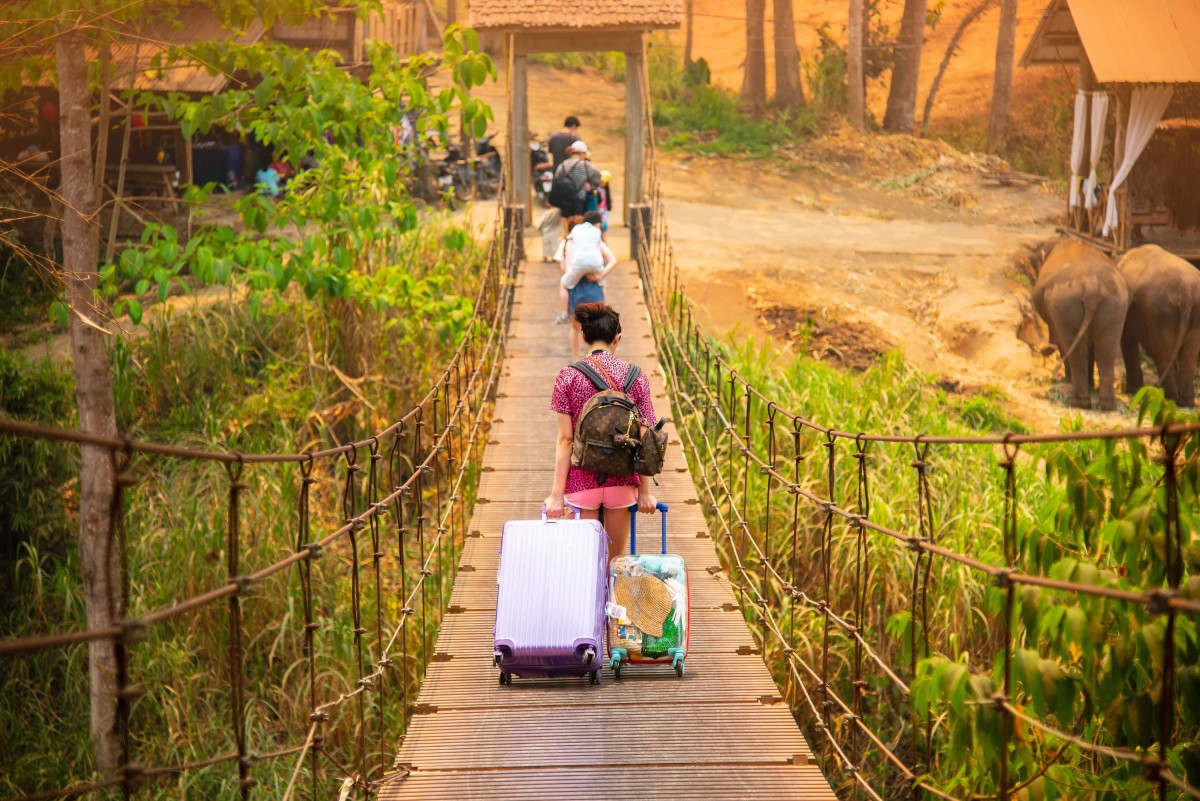
Boat or water tours are another popular form of tourism, but safety is also an important element of the quality of a destination and influences a traveler’s decision-making.
The Department of Tourism has developed standards for water attractions by categorizing islands, rapids, beaches, and waterfalls. Let’s go see what standards each type provides for the measurement.
- Waterfall Type Tourist Attraction will measure the safety standards from the slippery of the rocks at the waterfall, the rapidity, and the depth of the water, including the safety of the entrance to the waterfall and the waterfall path.
- Beach Type Tourist Attraction will measures safety standards from the nature of waves and currents, including sharp materials around the beach such as sharp rocks, shells, or broken glass, etc.
- Rapid Type Tourist Attraction will measures water safety benchmarks and alerts tourists of changes in water levels, the safety of trekking and trails around the rapids, and the hazards of the rapids.
The safety measures and the alarm system consist of
- The installation of information signs should consist of signs showing prohibitions or guidelines for tourists (prohibitions/mandatory signs), warning signs (warnings/safety signs), and general information signs (public information signs) such as direction signs, map signs showing the location of tourist attractions and facilities, etc.
- For tourists to be able to engage in tourism activities securely, the area may be divided according to the activities of tourists in each group, and the locations of pick-up and drop-off boats should be indicated.
-Preparation of rescue equipment and first aid tools, household medicines, and water rescue equipment such as spinal boards, lifebuoys (safe torus), water rescue ropes (throw bag), etc. In addition, there must be a communication device that is in good working condition (communications equipment). In the case of a beach tourist destination, additional equipment should be provided, including binoculars (binoculars), observatory (surveillance towers), rescue boats (rescue craft), red and yellow flags (Flag) at risk points, alarm sirens (siren), whistles (whistles), sound systems, broadcast towers, and provide an emergency assembly point (Assembly point).
-The evacuation and closure of tourist sites are part of the risk management plan, such as pollution or chemical contamination in areas that may harm tourists or natural disasters, earthquakes, flash floods, floods, or tsunamis, etc.
Source: Ministry of Tourism and Sports
Tel:+66 2283-1500